Category: Mormon Arts
-

Hymnal Watch: June 2025
It’s been a while since I put out an update on “Hymns—for Home and Church”: The New Latter-day Saint Hymnbook, and I have some mixed feelings on the latest updates.
-

CFM 6/23-6/29: Poetry for “Worth … the Riches of the Whole Earth”
We all value the scriptures, but we don’t always understand them, and often what makes them valuable to us isn’t clear. If, as Doctrine and Covenants section 70 says, the scriptures are worth the riches of the whole earth, how is that true? What makes them so valuable? Part of the difficulty with understanding pronouncements…
-

The Sound of Mormonism: A Media History of Latter-Day Saints: A Review
A few years back, Jared Farmer gave an interesting lecture in Logan, Utah for the annual Arrington Mormon History Lecture series called “Music & the Unspoken Truth,” which focused on the relationship between sound, religion and place, with a particular focus on Music & the Spoken Word. Since then, he has expanded the text of…
-

CFM 6/16-6/22: Poetry for “The Lord Requireth the Heart and a Willing Mind”
What does it mean to have a “willing mind”? My first thought is that it is somehow about our attitude, how we confront or approach problems. But despite the prevalence of ‘positive mental attitude’ sayings and motivational posters, most people act as if their emotional state is something beyond their control. We act like we…
-
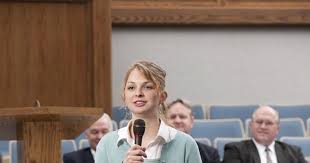
CFM 6/9-6/15: Poetry for “I Am with the Faithful Always”
While the early saints from the time that the Doctrine and Covenants was written were not just constructing an institution and building a community, they were also doing the mental work of building testimony—and it looks to me like the process may have been a little different from what we go through today. Where many…
-
AI and the Gospel: Cinema, Changing Minds, and Deep Research
Cinema Some AI generated, Church-related movies I created with Google’s new Vemo 2. David W. Patten’s fun, 2nd-hand, late account of being visited by Cain Joseph Smith writing D&C 121 in Liberty Jail Moroni burying the plates While AI has been able to do very short movie clips for some time now, I’ve waited for…
-

13th International Art Competition Opens Today
The 13th International Art Competition exhibition at the Church History and Art Museum in Salt Lake City opened this morning. The theme of the competition is based on Doctrine and Covenants 81:5: “Wherefore, be faithful; stand in the office which I have appointed unto you; succor the weak, lift up the hands which hang down,…
-

CFM 4/28-5/4: Poetry for “My Law to Govern My Church”
Organizations require structure. And the larger that an organization gets, the more structure it needs. That might seem pretty obvious in today’s world, but I suspect it was less obvious in the 1830s among the Saints who had joined the church, many because of the way other churches operated. After the ‘constitution’ of the Church…
-

A Review: Latter-day Saint Art: A Critical Reader
Latter-day Saint Art: A Critical Reader is an excellent resource and insightful journey. The book aspires to be “the first expert critical treatment of Mormon visual art”, and it offers a breadth and depth that live up to that ideal. The volume includes twenty-two essays by scholars from various disciplines, perspectives, and backgrounds who offer…
-
CFM 4/21-4/27: Poetry for “If Ye Are Not One Ye Are Not Mine”
I feel like I could just repeat the introduction I made three weeks ago, to the lesson for the week ending April 6th, which also spoke about the gathering. However, this week’s lesson is a little different, since it focuses on why we are gathered instead of simply that there is a commandment to gather.…
-
CFM 4/14-4/20: Poetry for “I Am He Who Liveth, I Am He Who Was Slain”
The Come Follow Me lesson for the week ending on April 20th, Easter, takes a break from the section order in the Doctrine and Covenants to focus on how Christ is portrayed in the scripture. The lesson focuses on three attributes of Christ’s role: His living nature, his gift of the resurrection to all of…
-

The Next Generation of AI Lit: 5-7K Word AI Mormon Horror Short Stories
First off, apologies for all the AI posts, but the big AI players do this thing where they drop their latest products right next to each other to try to steal the news cycles from each other, so AI alternates between droughts and floods. So on that note, the other big news besides the resolution…
-
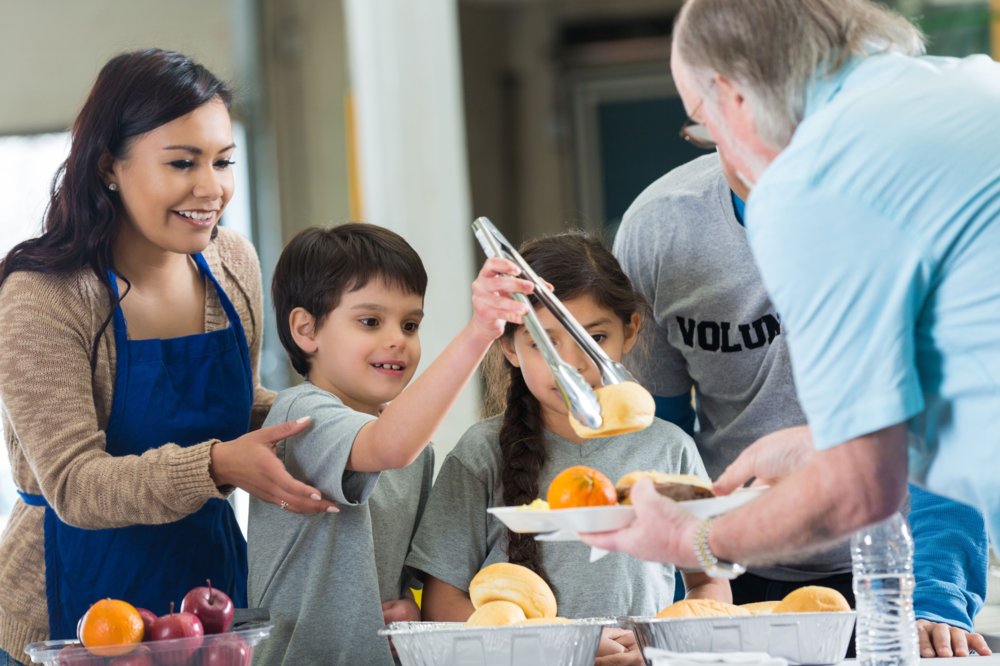
CFM 4/7-4/13: Poetry for “ Lift Up Your Voices … to Declare My Gospel”
For a lesson titled “Declare My Gospel”, the individual sections don’t seem to focus as much on missionary work as you would think. Instead, the missions discussed are more like the statement often attributed to St. Francis, “Preach the gospel. If necessary use words.” Of course, the problem with preaching through actions, even though they…
-
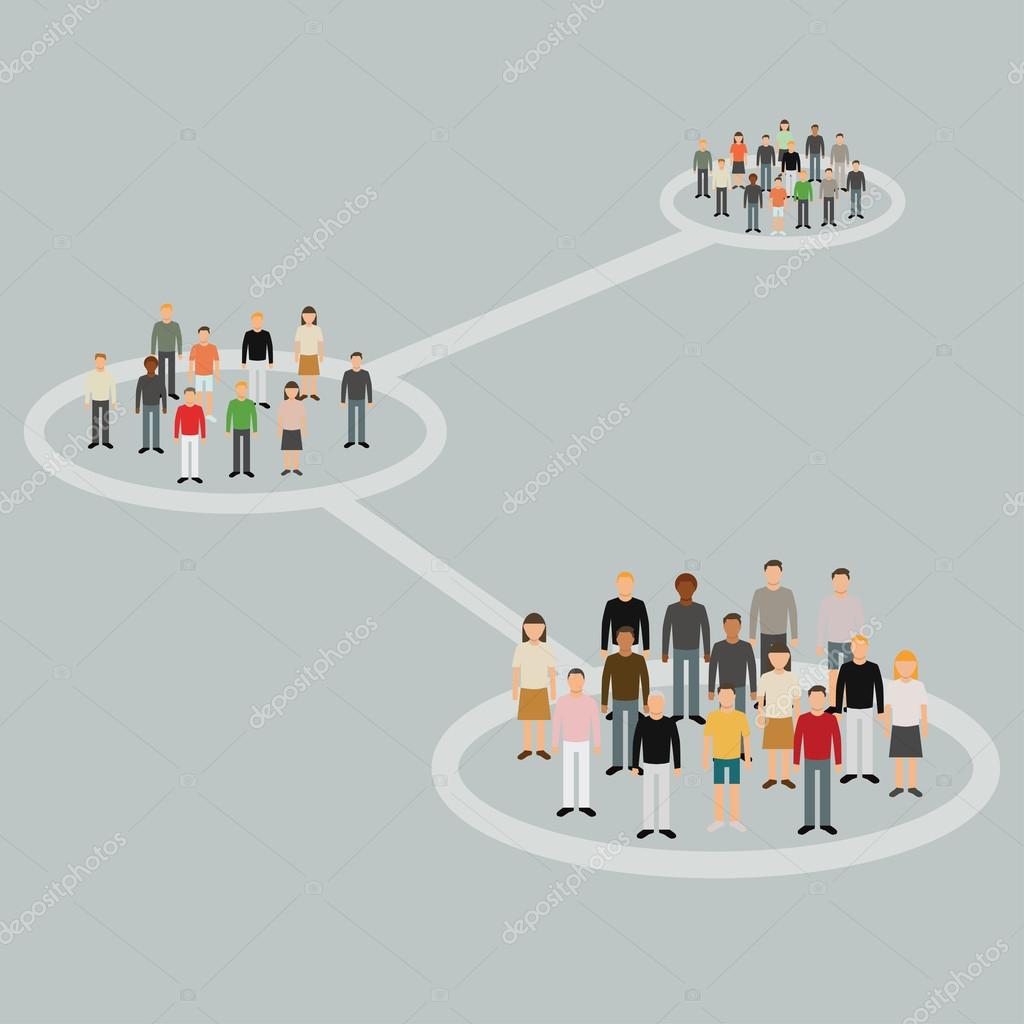
CFM 3/31-4/6: Poetry for “Jesus Christ Will Gather His People”
The concept of gathering maybe one of the most-changed concepts in LDS belief. In D&C 29 the call to be “gathered in unto one place upon the face of this land” clearly refers to a physical gathering, where members of the church lived near each other. Later the number of places of gathering increased, and…
-

Devotional Meditations as a Genre
I don’t consider myself a terribly spiritual person. This isn’t as self-deprecating as it sounds, in part because although we tend to conflate “spiritual” with “righteous” or “good” they’re technically distinct concepts. I do the right things for the most part and my heart is in the right place, but I don’t have that kind…
-
Lost books, golden plates, and Mosaic authorship
Call it an archetype, call it folklore. Whatever you call it, the idea of finding something fantastical in an old book in a library, or in a book hidden away centuries ago, is one of those things that rattles around in our minds and has been rattling around our culture for centuries if not millennia:…
-

Where are the Latter-day Saint Shakespeares?
“Mormon Shakespeare,” Not the greatest, but I’m too cheap to pay the $30 a month for a Midjourney membership to make it better. Occasionally you have an idea percolating in the back of your head that you intend to eventually develop and write out, only to find that somebody has already quite adequately made the…
-

Spiritually Moving Great Art, Part II
A few years ago I wrote a post on spiritually moving great art. Since then I have kept a Google Doc where I keep copies of good art that I find, so I thought it was time for a part II. Don’t worry, this isn’t another excuse to be a shill for the glorious AI…
-
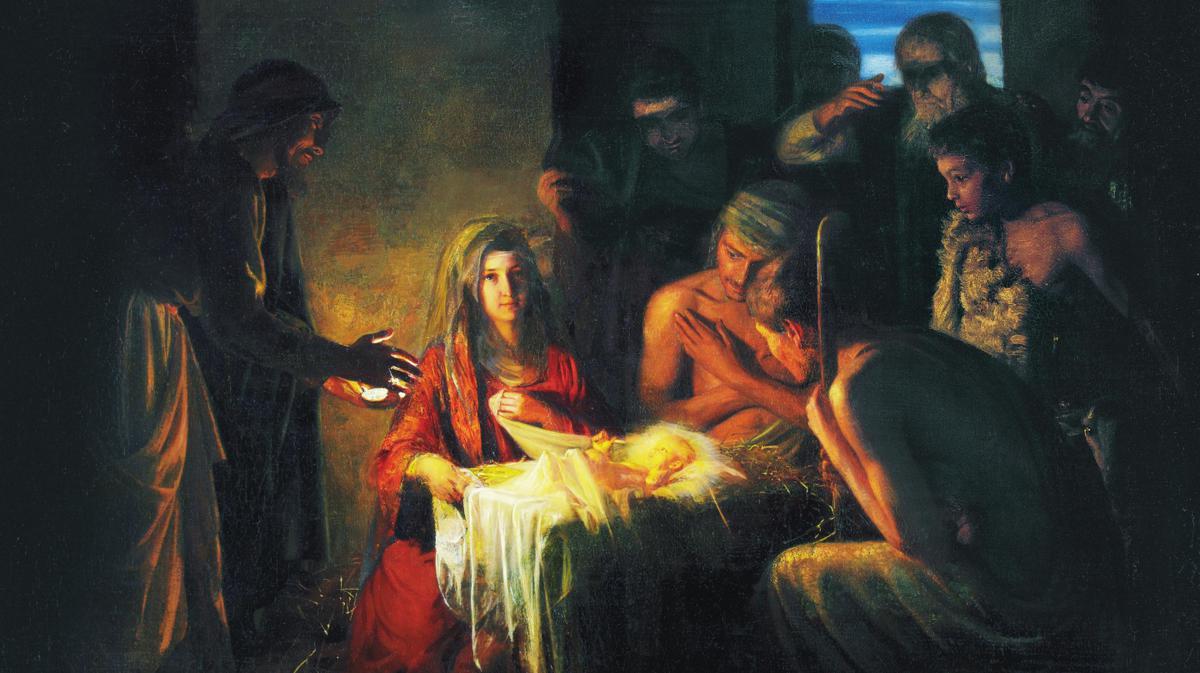
A Sample Christmas Program
As a musician in the Church, I’ve organized several Christmas programs for sacrament meetings over the years. The format that I’ve come to prefer is to have two narrators, one sharing Christmas and Advent themed thoughts, then another reading related scriptures to tell the story of Christmas. After each narrator shares a thought, a music…
-

The Cinematic Sexualization and Romanticization of Missionaries
Joseph Gordon-Levitt in one of the bajillion media depictions of gay missionaries No, I have not seen the movie Heretic yet. Based on what I have read, however, [spoiler alert] apparently it begins with a sexually explicit discussion between sister missionaries, and there are possibly sexual overtones near the end when one of the sister…
-
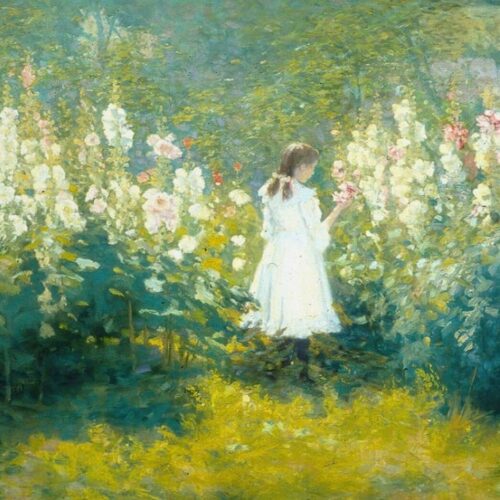
The Paris Art Mission
I love that Latter-day Saint temples tend to be well-decorated with artwork, including the temple murals. I still find it a bit painful that the murals were not preserved as part of the Salt Lake City Temple renovation, but still find the history of the original murals in the Salt Lake City Temple to be…
-
Thoughts on the Second Wave of New Hymns
The Church recently released a new batch of hymns for the new Latter-day Saint hymnbook. I feel like some of my predictions are paying off with the new round of hymns. Back in 2018, I called it that “This is the Christ,” “Come, Lord Jesus, Come,” and “Amazing Grace,” would likely be added. (I could…
-
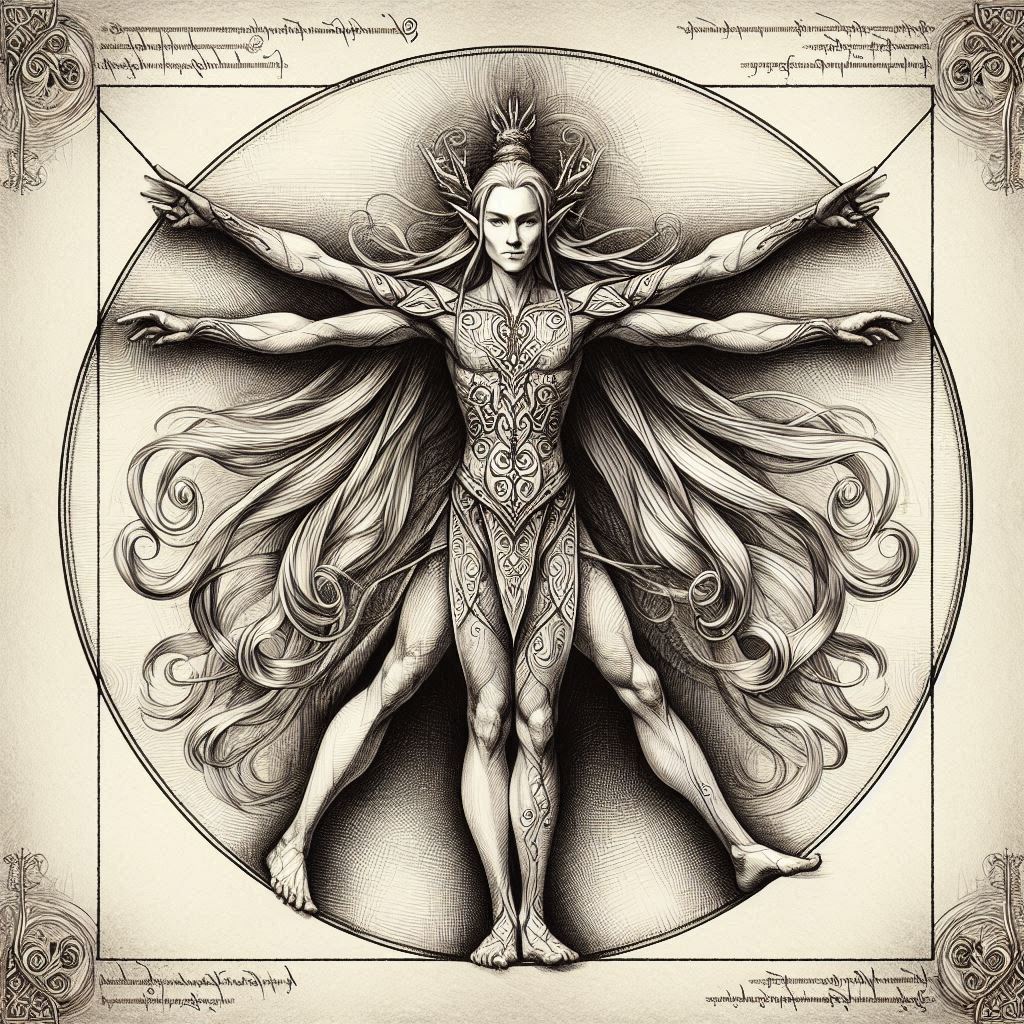
J.R.R. Tolkien and the Resurrection
J.R.R. Tolkien had an enormous impact on my teenage years. I read Lord of the Rings by the time I was eleven and loved it enough to reread it each year for the next few years. By the time I was thirteen, the Silmarillion was my favorite book and my mom was bringing home the…
-
Thoughts on the First Batch of New Hymns
I have wanted to share my thoughts on the first batch of hymns and songs released by the Church as candidates for the New Latter-day Saint Hymnbook (and I would love to hear your thoughts as well).
-
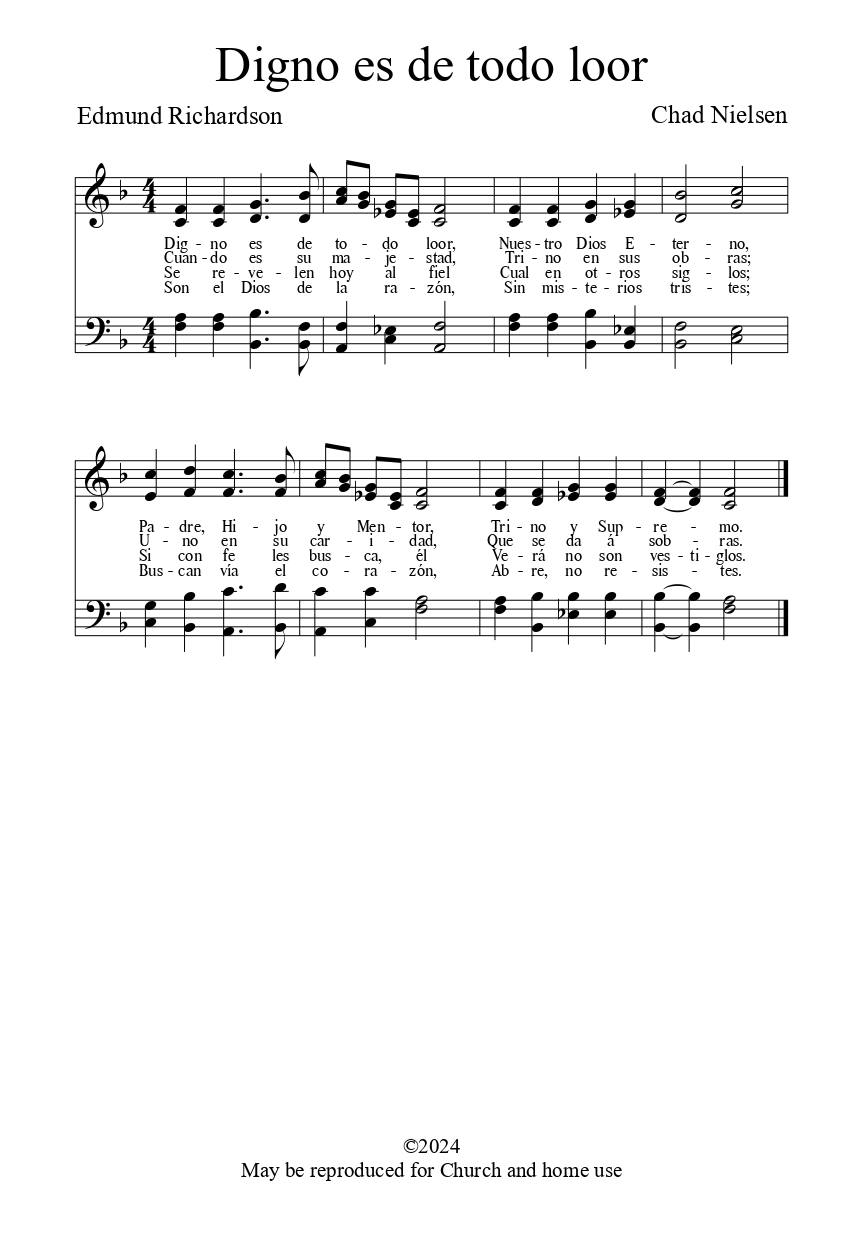
“Digno es de todo loor”
“Digno es de todo loor” by Edmund Richardson is another effort by Richardson to address the Latter-day Saint understanding of the Godhead in a hymn (the other example being Doxologías).
-
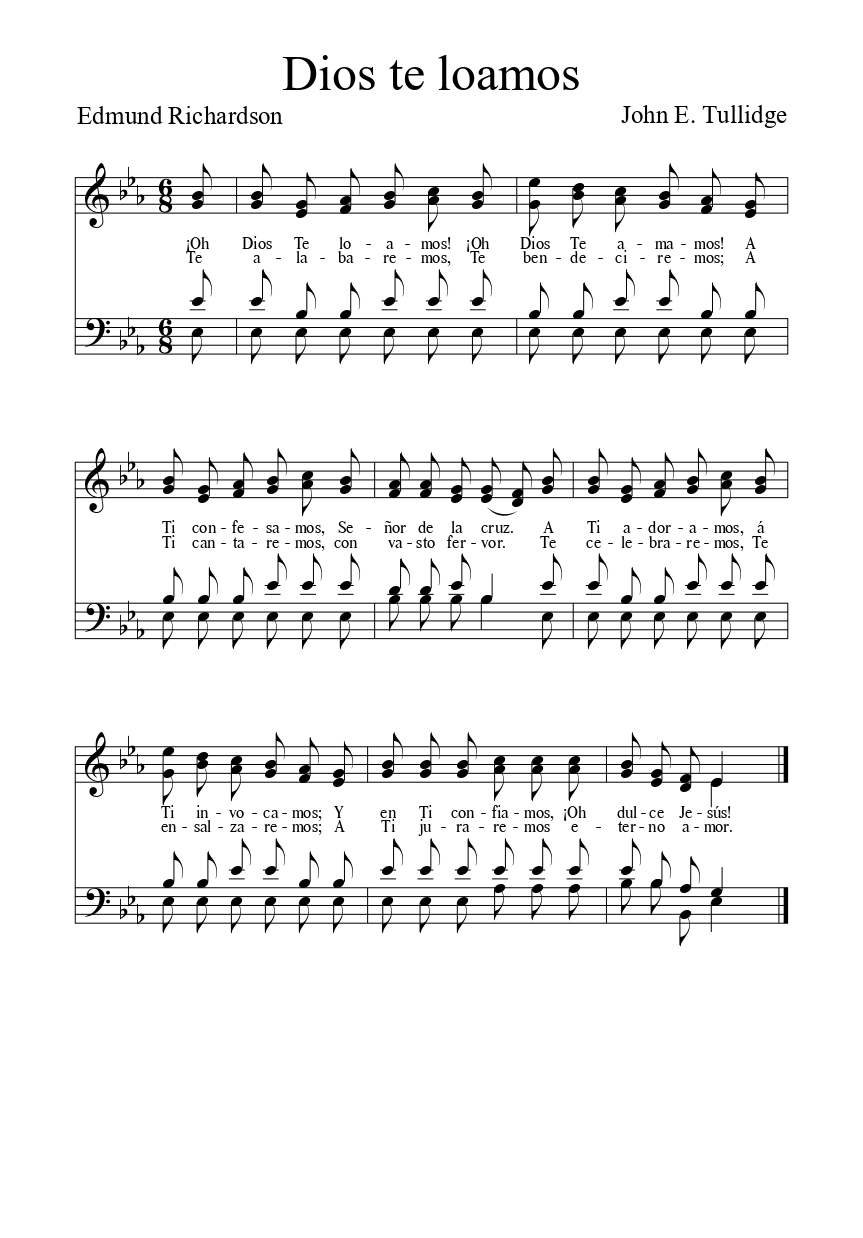
“Dios Te Loamos”
“Dios Te Loamos” by Edmund Richardson was one of the shorter original hymns included in the Mexican Mission hymnals. That being said, I am fond of this text.
-
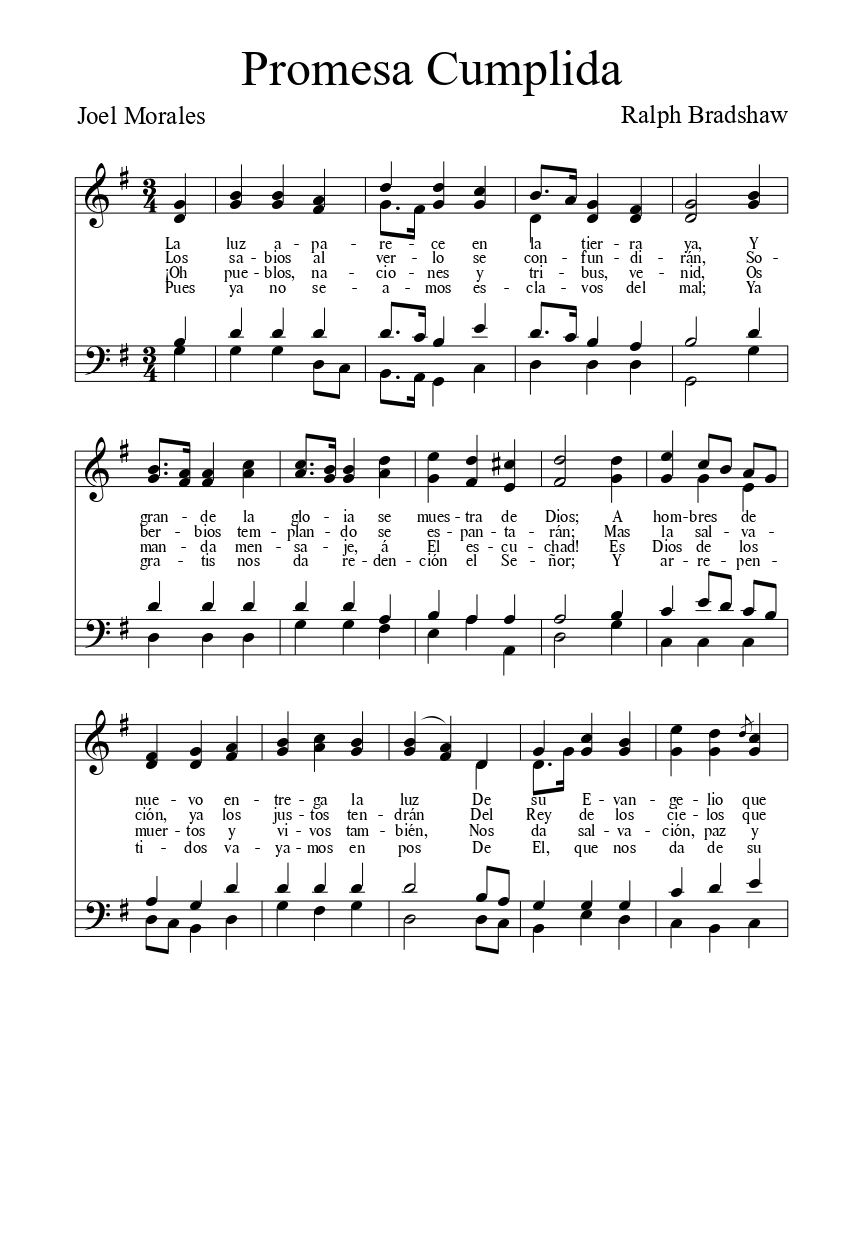
“Promesa cumplida”
“Promesa cumplida” by Joel Morales is a fantastic example of hymns about the Great Apostasy and the Restoration of the Gospel of Jesus Christ in Mexican Latter-day Saint literature.
-
“El Tiempo Ha Llegado” and “Te glorificamos, oh Dios”
There were two hymn texts in the Mexican Mission hymnals that I wasn’t really sure what to do with: “El Tiempo Ha Llegado” and “Te glorificamos, oh Dios.”
-
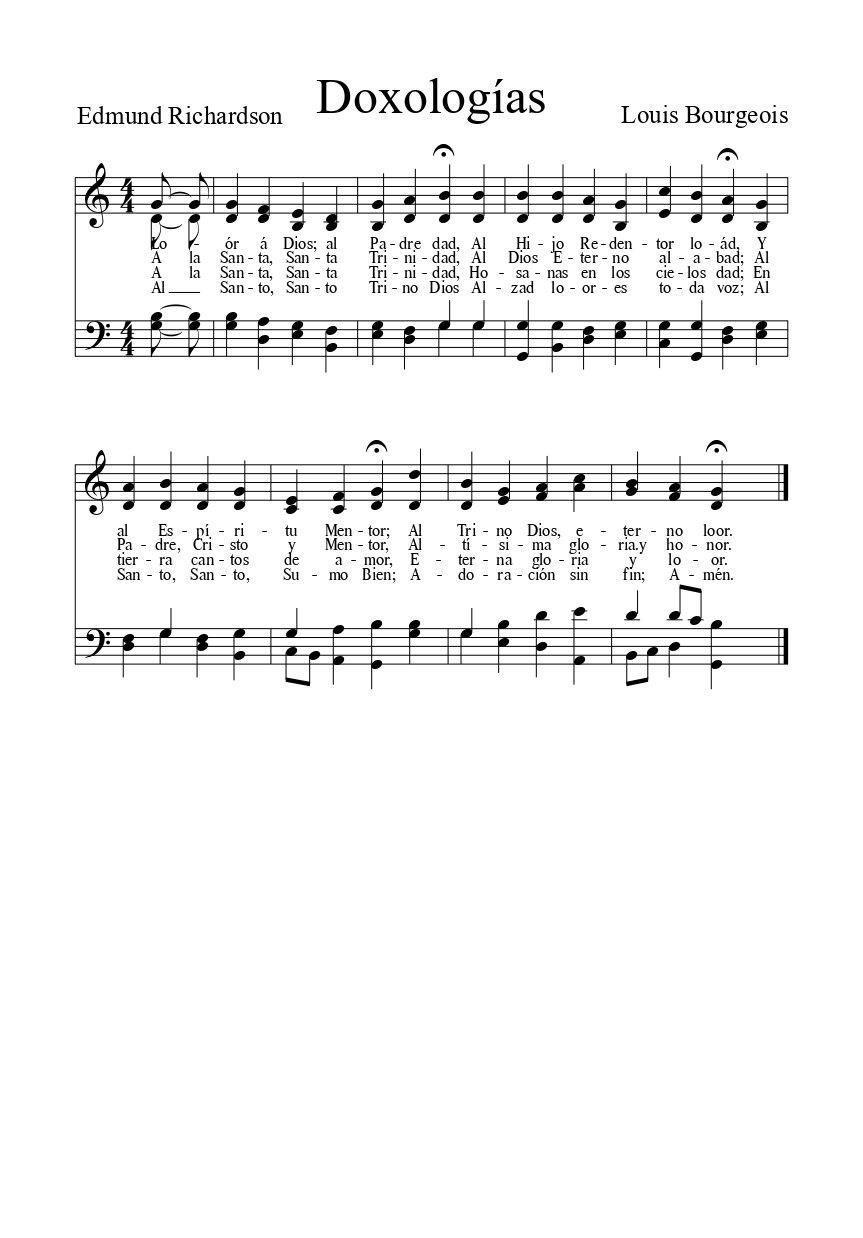
Doxologías
Doxologías is an expanded text based on “Praise God from Whom All Blessings Flow”, but it was eventually phased out in favor of the latter by the time that the 1942 hymnal was published.
-
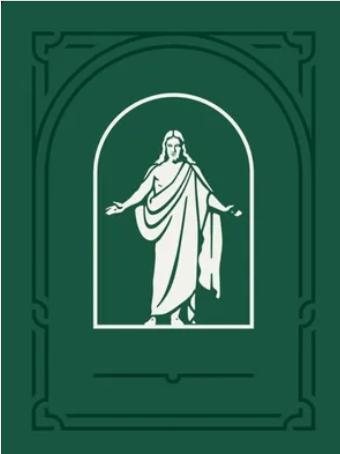
One Day More
Hymns—for Home and Church will be getting its first preview tomorrow! Back at the start of April, the Church announced that “12 hymns of the new ‘Hymns—for Home and Church’ will be available on May 30, 2024.” We already know that “Come, Thou Fount of Every Blessing” will be among those (that was explicitly stated…
